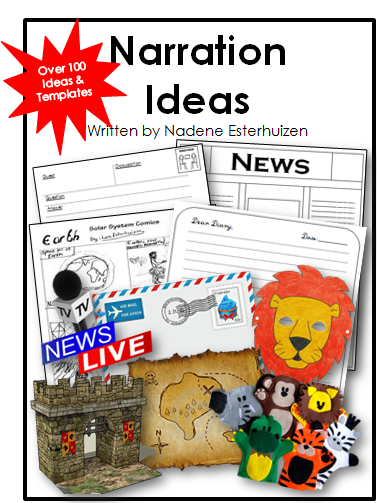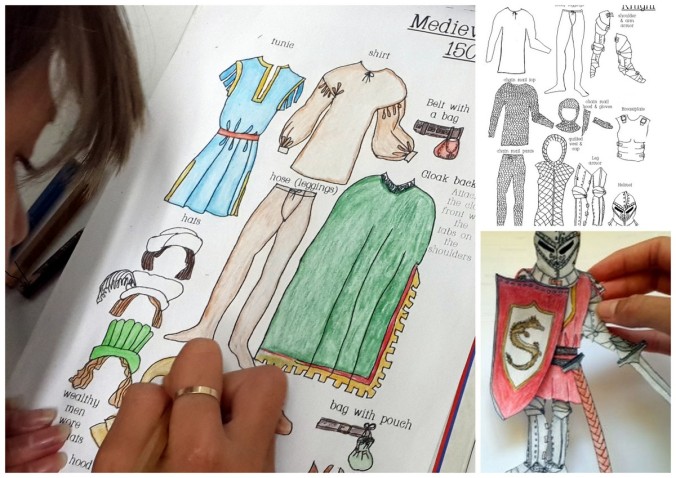A mom who recently ordered the 3D model of a Khoikhoi House & Village sent me photos of her beautiful daughter Chloe, nearly 9 years old, creating her little Khoi family around their grass mat covered hut and the Khoi village background.

She wrote,
“Here is Chloe assembling her Khoi Khoi village.
She really enjoyed putting it together and it definitely made the story of “Ghamka” more real.“
~ Lianne
I love that young children can colour in, cut out and assemble these paper models on their own or with a little help and explanation from a parent. I love Chloe’s look of delight with her finished Khoi village!
“Ghamka” is one of the wonderful many living books covering the history of South Africa in the Footprints On Our Land curriculum. Read alouds come alive when children retell or narrate the chapter using props, models, puppets or hands-on activities.

I found that children love to interact with their paper models. My children and grandchildren added additional paper characters or props to re-enact the story they have listened to. Encourage your children to research further if there is a spark of real interest; let them watch suitable YouTube videos or loan books from your local library.
My children loved to dress up as described in the story. When we read “Ghamka“ they actually built a Khoi hut using my set of grass table mats pinned over the frame of a little dome tent. Then, of course, they wanted to eat Khoi food inside their tent. The history story became their story!
Order your African houses & villages paper models on my Packages page. If your family has ordered and made any of them, please would you email me to share your review and photos – I would love to see their creations!
You can find all my African houses paper models in the series —
- Khoikhoi House & Village
- San Bushmen House & Kalahari Desert
- Xhosa House & Village
- Zulu House & Village
- Voortrekker Paper Model
Blessings, Nadene

























































You must be logged in to post a comment.